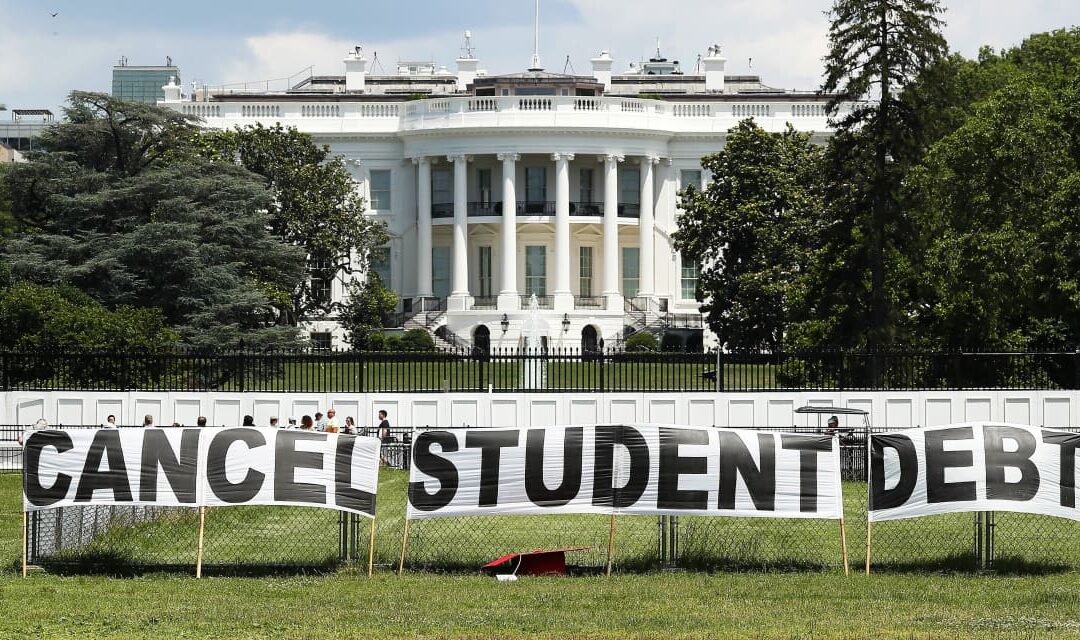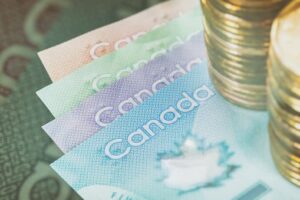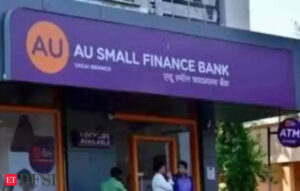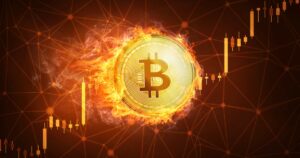The Biden administration announced it’s canceling $1.2 billion in student debt for 153,000 borrowers. So how do you know if you’re eligible for this latest round of relief? And if you’re not, how do you get on a pathway towards forgiveness?
We answer some of these key questions below:
Who is eligible for this wave of debt cancellation?
The Biden administration has canceled nearly $138 billion in student debt for roughly 3.9 million borrowers so far.
The 153,000 borrowers who qualify for the round of debt forgiveness announced in late February are enrolled in the SAVE repayment plan and have been paying on their debt for at least 10 years. They also initially took on a relatively small amount of debt.
These borrowers will receive an email from President Joe Biden notifying them that their debt will be canceled.
What is SAVE?
SAVE is a repayment plan that the Biden administration launched last year. Under the plan, borrowers can pay their debt as a percentage of their income. The remainder would be canceled after 20 years for undergraduate loans, and 25 years for graduate loans.
But there’s an exception to this forgiveness timeline. Borrowers who took on $12,000 or less can have their loans canceled after 10 years of payments. Every additional $1,000 borrowed adds another year to the forgiveness timeline (for example, a borrower who took on $13,000 will have their debt canceled after 11 years, a borrower who took on $14,000 will have their debt canceled after 12 years, and so on).
The Biden administration initially planned to make this benefit of SAVE available in July, but officials announced earlier this year that they would begin canceling debt through this provision this month.
SAVE offers other benefits that aren’t available on previous versions of income-driven repayment. For one, borrowers can earn more income before payments kick in. In addition, if a borrower’s monthly payment doesn’t cover the interest on their loan then the government will pay the remaining interest. That means borrowers making payments won’t see their balance grow, a disheartening feature of other income-driven repayment plans.
Finally, under SAVE, borrowers with exclusively undergraduate loans will only have to pay 5% of their discretionary income. In other versions of income-driven repayment, the minimum payment is 10%. The 5% benefit won’t kick in until July 2024.
Congressional Republicans have criticized the plan, saying it’s too generous to borrowers and too costly for taxpayers. They’ve tried to overturn it, but haven’t been successful so far.
How do I apply for SAVE?
Borrowers can apply for SAVE on the Department of Education’s website. They can also work with their servicer to apply.
Biden administration officials told reporters that they would be emailing borrowers who would be eligible for expedited debt cancellation under SAVE and encouraging them to apply.
The return to student-loan payments after a more than three-year pause has posed some challenges for borrowers trying to access SAVE, so borrowers may have to be patient and stay in contact with their servicer after filling out the form.
Are there reasons why I might not apply for SAVE?
For borrowers who can afford higher monthly payments, paying down their debt more aggressively could be beneficial. In some cases, borrowers may pay more over time using plans like SAVE that extend out their payment timeline, even with some debt cancellation at the end.
Borrowers can review their options and see how they’ll affect their monthly payments and the amount they pay overall here.
Why can the Biden administration cancel student debt after the Supreme Court struck down its mass forgiveness plan?
The Supreme Court struck down the Biden administration’s plan to cancel up to $20,000 in student debt for roughly 40 million borrowers in June. That plan represented a new effort and was focused on a wide swath of borrowers.
But the debt relief that the Biden administration has announced over the past several months is relatively narrow. Most of the cancellation is focused on borrowers who have had the right under the law to have their debt forgiven for years, but couldn’t access the relief due to technicalities. This includes some public servants, borrowers who have been paying off their debt for at least 20 years, borrowers who have been scammed by their schools and more.
The forgiveness announced in late February came as part of a change the Biden administration made to income-driven repayment. The Department of Education used a different legal authority to make the changes than the one at issue in the plan that was struck down by the Supreme Court.
The Biden administration is in the midst of revamping its broader debt-forgiveness plan.









